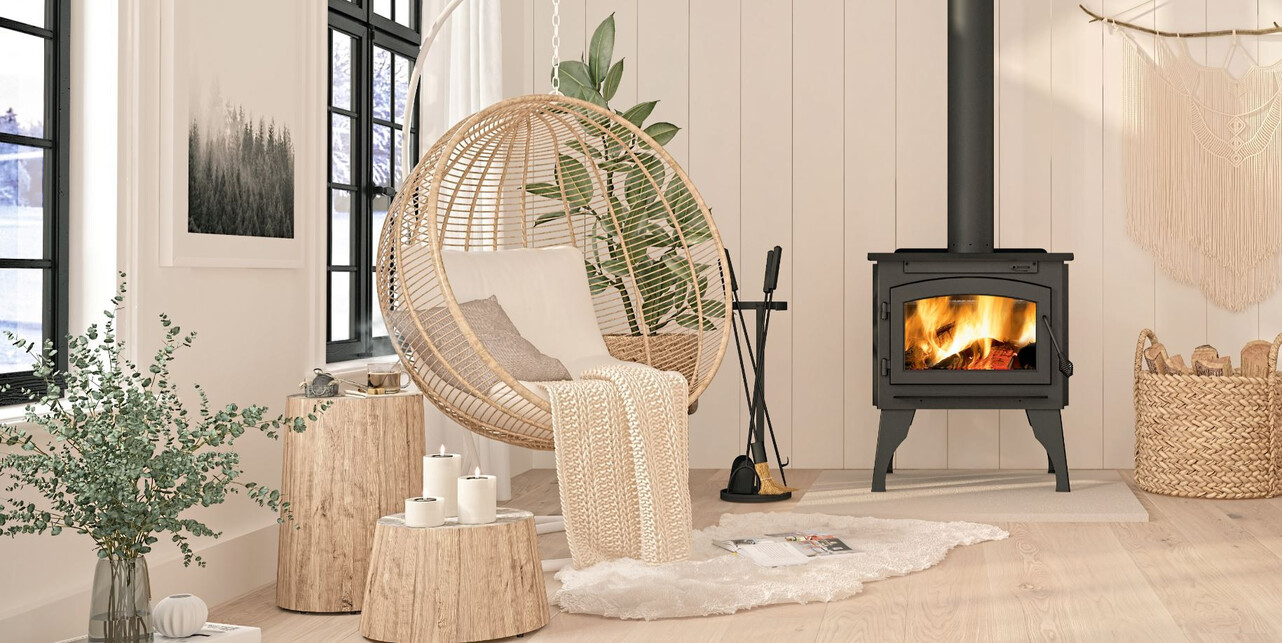

Articles
How To Circulate Heat From Fireplace
Modified: September 2, 2024
Learn how to circulate heat from your fireplace efficiently with these helpful articles. Discover tips and techniques for maximizing warmth in your home.
(Many of the links in this article redirect to a specific reviewed product. Your purchase of these products through affiliate links helps to generate commission for Storables.com, at no extra cost. Learn more)
Introduction
When the temperatures drop and the chilly winter nights kick in, there’s nothing quite like snuggling up by the cozy warmth of a crackling fireplace. However, have you ever wondered how to make that heat spread throughout your home and not just keep it confined to the hearth? Efficiently circulating heat from your fireplace can help you keep your entire living space warm and comfortable, saving you on heating costs and maximizing the use of your fireplace.
Understanding how heat circulates is the key to effectively spreading warmth from your fireplace. Typically, heat travels in three ways – conduction, convection, and radiation. Conduction refers to the transfer of heat through direct contact, while convection involves the circulation of heat through the movement of air or liquid. Radiation, on the other hand, occurs when heat energy is emitted in the form of electromagnetic waves.
By harnessing these principles, you can employ various methods to circulate heat from your fireplace and banish the cold spell from your home. In this article, we will explore different methods that will help you maximize the heat output of your fireplace and create a comfortable environment for you and your family.
Key Takeaways:
- Maximize the warmth from your fireplace by using heat-powered fans, heat exchangers, fireplace blowers, duct systems, or vents and registers to ensure even heat distribution throughout your home.
- Understanding the basic principles of heat circulation is crucial for effectively implementing methods to circulate heat from your fireplace, creating a cozy and comfortable living space during the colder months.
Understanding Heat Circulation
In order to effectively circulate heat from your fireplace, it’s important to have a basic understanding of how heat moves within a space. Heat naturally rises, which means that without any assistance, it would tend to stay close to the ceiling, leaving the lower parts of the room feeling cooler. This phenomenon can make it difficult to distribute the warmth evenly throughout the space.
One method to counteract this natural upward movement of heat is by creating air currents or utilizing devices that can push the warm air downwards towards the floor. By distributing the heat more evenly, you can maintain a comfortable temperature throughout the room.
It’s also worth noting that the materials and layout of your home can affect the circulation of heat. For instance, if you have high ceilings or an open-concept floor plan, heat can easily escape to adjacent rooms or upper levels. On the other hand, if you have insulated walls and well-sealed windows and doors, you can prevent heat loss and ensure that the warmth generated by your fireplace stays within the intended area.
Now that we have a basic understanding of heat circulation and the factors that influence it, let’s explore some effective methods that can help you maximize the warmth from your fireplace and keep your home cozy during those cold winter months.
Basic Principles of Heat Circulation
Before delving into the specific methods of heat circulation, it’s important to understand the fundamental principles that govern the movement of heat. By grasping these principles, you can optimize the distribution of warmth from your fireplace and ensure a comfortable environment throughout your home.
1. Conduction: Heat transfer through direct contact
Conduction is the process of heat transfer that occurs when two objects or materials are in direct contact with each other. In the context of heat circulation from a fireplace, this principle is relevant when the heated surfaces of the fireplace come into contact with nearby objects, such as furniture, walls, or flooring. These objects absorb the heat and then radiate it outward, helping to spread warmth in the room.
2. Convection: Heat transfer through the movement of air or liquid
Convection is a crucial mechanism for heat circulation. As the air around the fireplace is heated, it becomes less dense and rises. This creates an upward flow of warm air, while cooler air moves in to replace it. By utilizing this natural convection process, you can effectively distribute heat throughout the room. Strategies such as strategically placed fans or vents can help enhance convective heat circulation.
3. Radiation: Heat transfer through electromagnetic waves
Radiation is the emission of heat energy in the form of electromagnetic waves, such as infrared radiation. When the fireplace produces heat, it radiates this energy into the surrounding space. This radiant heat can be absorbed by objects and people in the room, providing direct warmth. However, it’s important to note that radiant heat is not easily distributed throughout the entire space and tends to primarily affect objects that are within direct line of sight of the fireplace.
By harnessing these basic principles of heat circulation – conduction, convection, and radiation – you can deploy various methods to optimize the warmth generated by your fireplace. In the following sections, we will explore different techniques that can help you efficiently circulate heat and create a cozy atmosphere in all areas of your home.
Different Methods to Circulate Heat from a Fireplace
When it comes to effectively circulating heat from a fireplace, there are several methods you can employ to maximize the warmth throughout your home. Let’s explore these methods below:
- Using a heat-powered fan: A heat-powered fan, also known as a stove fan or fireplace fan, is a device that operates without electricity. It utilizes the heat from the fireplace to generate its own power, which in turn, powers the fan blades. The fan then circulates the warm air from the fireplace throughout the room, enhancing heat distribution and improving overall comfort.
- Utilizing a heat exchanger: A heat exchanger is a system that captures the heat from the flue gases emitted by the fireplace and transfers it to the air that is being circulated throughout the home. This process significantly increases the efficiency of heat transfer, allowing you to extract as much warmth as possible from your fireplace.
- Installing a fireplace blower: A fireplace blower, also known as a fireplace insert or fireplace heater, is a unit that is installed in the fireplace or attached to the fireplace opening. It works by drawing in cool air from the room, circulating it around the fireplace, and then releasing warm air back into the space. By using a blower, you can enhance the convection process and distribute heat more effectively.
- Employing a duct system: For homes with a central heating system, you can utilize a duct system to circulate the heat from your fireplace. This involves installing ducts or vents around the fireplace and connecting them to the existing ductwork of your HVAC system. By integrating your fireplace into your heating system, you can distribute the heat throughout your home using your existing duct network.
- Redirecting heat using vents and registers: Another method to circulate heat from a fireplace is by strategically placing vents and registers in the room. By positioning these openings near the fireplace, you can create an airflow pathway that allows the warm air to move towards colder areas of the house. This encourages natural convection and ensures that the heat is evenly distributed.
Each of these methods offers unique advantages and can be tailored to suit your specific needs and home layout. By implementing one or a combination of these techniques, you can maximize the heat output from your fireplace, enhance comfort, and reduce your reliance on traditional heating systems.
Method 1: Using a Heat-Powered Fan
One effective way to circulate heat from your fireplace is by utilizing a heat-powered fan. This ingenious device harnesses the heat generated by the fireplace to power itself and distribute warm air throughout the room.
A heat-powered fan, also known as a stove fan or fireplace fan, operates without electricity or batteries. It uses a thermoelectric module that converts the heat energy from the fireplace into electricity. This electricity powers a motor, which rotates the fan blades and pushes the warm air into the surrounding space.
The fan is typically placed on top of the fireplace or on a nearby flat surface. As the heat from the fireplace rises, it activates the thermoelectric module, initiating the fan’s operation. The blades start to spin, accelerating the airflow and circulating the warm air throughout the room.
Using a heat-powered fan offers several benefits:
- Improved heat distribution: The fan helps to propel the warm air away from the fireplace and into the surrounding areas. It ensures that the heat is evenly distributed throughout the room, eliminating cold spots and maximizing comfort.
- Energy-efficient: Since the fan runs on the heat generated by the fireplace itself, it does not require any additional electricity or batteries. This makes it a cost-effective and energy-efficient solution for heat circulation, as there are no added expenses or environmental impacts.
- Silent operation: Heat-powered fans operate silently, without any noisy motors or fans. This allows you to enjoy the warmth of your fireplace without any distracting noise or disturbance. You can cozy up and relax in peace.
- No installation required: Heat-powered fans are portable and easy to use. They can be placed directly on top of the fireplace or on a nearby surface. There is no complex installation process or the need for professional assistance.
When using a heat-powered fan, it’s important to place the fan in the correct location. Position it towards the back of the fireplace, where the heat is most concentrated. This ensures that the fan is effectively capturing and distributing the warm air.
However, it’s worth noting that heat-powered fans work best with medium to high-temperature fireplaces. If your fireplace doesn’t produce sufficient heat, the fan’s operation may be limited or less effective. It’s recommended to check the temperature range specifications of the fan before making a purchase.
By using a heat-powered fan, you can enhance the heat circulation from your fireplace and enjoy a more comfortable and cozy living space. It’s a simple and efficient solution that maximizes the warmth generated by your fireplace while minimizing energy consumption.
Use a ceiling fan to help circulate heat from the fireplace throughout the room. Set the fan to run in a clockwise direction to push warm air down.
Read more: How To Heat A House With A Fireplace
Method 2: Utilizing a Heat Exchanger
Another effective method to circulate heat from your fireplace is by utilizing a heat exchanger. A heat exchanger is a system that captures the heat from the flue gases emitted by the fireplace and transfers it to the air circulating through your home.
The heat exchanger is installed in the chimney or flue pipe of the fireplace. As the hot flue gases rise and pass through the heat exchanger, the heat is transferred to the metal plates or tubes present in the exchanger. The circulating air, typically drawn from the room through a fan, comes into contact with these heated surfaces and absorbs the warmth. The heated air is then distributed back into the room, effectively circulating the heat from the fireplace.
Utilizing a heat exchanger offers several advantages:
- Increased heat efficiency: By capturing and utilizing the heat that would otherwise be lost through the chimney, a heat exchanger significantly improves the efficiency of your fireplace. It allows you to extract more warmth from the burning firewood, ensuring that less heat goes to waste.
- Enhanced heat distribution: The heat exchanger transfers the heat to the circulating air, which can then be distributed throughout your home via a central heating system or through strategically placed vents. This allows you to enjoy the warmth of your fireplace in multiple rooms, ensuring that the entire living space is comfortable.
- Cost-effective: By utilizing a heat exchanger, you can reduce your reliance on traditional heating methods, such as furnaces or electric heaters. This can lead to cost savings on your heating bills, as you make more efficient use of the heat generated by your fireplace.
- Environmentally friendly: Using a heat exchanger helps in reducing energy consumption and reliance on fossil fuels. It makes your fireplace a more eco-friendly heating option, as you utilize the heat already produced by the firewood without wasting it.
It’s important to note that the installation of a heat exchanger typically requires the expertise of a professional. They will evaluate your fireplace and chimney setup, determine the appropriate size and type of heat exchanger, and ensure that it is safely and correctly installed.
While heat exchangers can significantly improve the heat circulation and efficiency of your fireplace, they may not be suitable for all types of fireplaces. It’s essential to consult with a professional and consider factors such as the size and design of your fireplace, local building codes, and ventilation requirements before proceeding with the installation.
By utilizing a heat exchanger, you can maximize the heat output of your fireplace, increase energy efficiency, and enjoy the cozy warmth throughout your entire home. It’s a worthwhile investment that enhances both comfort and sustainability.
Method 3: Installing a Fireplace Blower
If you want to improve the heat circulation from your fireplace, installing a fireplace blower can be an effective solution. A fireplace blower, also known as a fireplace insert or fireplace heater, is a device designed to enhance the distribution of warm air throughout the room.
A fireplace blower typically consists of a fan, motor, and housing unit. It is installed either inside the fireplace or attached to the fireplace opening. The blower works by drawing in cool air from the room and passing it over heated surfaces, such as the fireplace’s glass doors or metal firebox. The warm air is then blown back into the room through vents or grates, providing a more efficient and even heat distribution.
Here are some key benefits of installing a fireplace blower:
- Enhanced heat circulation: The primary advantage of a fireplace blower is that it significantly improves the circulation of warm air from the fireplace. By forcefully blowing the heated air into the room, it eliminates cold spots and ensures that the entire space receives the desired warmth.
- Increased heat output: A fireplace blower increases the overall heat output of the fireplace, allowing you to enjoy a more comfortable and cozy environment. It can help maximize the efficiency of your fireplace by making better use of the heat it produces.
- Quick heat distribution: A blower can quickly distribute the warm air throughout the room, reducing the time it takes for the space to reach a comfortable temperature. This makes it a convenient option if you want the room to warm up quickly on colder days.
- Adjustable fan speed: Many fireplace blowers come with adjustable fan speeds, allowing you to control the amount of air being circulated. This provides flexibility in tailoring the heat distribution to meet your specific needs and preferences.
- Easy installation: Fireplace blowers are generally easy to install, especially if you have a prefab or pre-existing fireplace. They often come with installation instructions and can be set up with basic tools. However, it’s worth noting that professional installation may be necessary for certain models or if you are unsure about the process.
Before purchasing a fireplace blower, it’s important to consider the specifications and compatibility with your fireplace. Ensure that the blower is appropriately sized and designed to fit your specific fireplace model. Additionally, make sure to follow the manufacturer’s guidelines for installation to ensure safety and optimal performance.
By installing a fireplace blower, you can significantly improve the heat distribution from your fireplace, making your living space more comfortable and enjoyable. It’s a practical and efficient solution for maximizing the warmth and getting the most out of your fireplace.
Method 4: Employing a Duct System
If you have a central heating system in your home, employing a duct system can be an effective method to circulate heat from your fireplace. By integrating your fireplace into the existing ductwork, you can distribute the heat throughout your home, ensuring that every room benefits from the warmth.
The process of employing a duct system involves connecting vents or ducts to your fireplace and integrating them with the main ductwork of your heating system. This allows the warm air generated by the fireplace to be pushed through the ducts and distributed to different areas of your home.
Here are some key advantages of employing a duct system:
- Comprehensive heat distribution: Using a duct system ensures that the warm air from your fireplace is evenly circulated throughout your home. This helps eliminate cold spots and maintain a comfortable temperature in every room.
- Integration with existing heating system: The duct system integrates your fireplace into the central heating system of your home. This means that you can regulate the heat from the fireplace alongside your other heating sources, such as a furnace or heat pump.
- Increased energy efficiency: By utilizing a central heating system and properly distributing the heat, you can optimize the energy efficiency of your fireplace. This approach reduces the need for additional heating sources and allows you to make the most of the heat generated by your fireplace.
- Customizable heat zones: Depending on the size and layout of your home, you can create separate heat zones by using dampers and zone control systems. This allows you to direct the heat from the fireplace to specific areas of the house, providing personalized comfort and energy savings.
- Professional installation: Employing a duct system typically requires the expertise of a professional HVAC technician. They will assess your home’s layout, determine the best placement for the vents and ductwork, and ensure that the system is installed correctly and safely.
While employing a duct system can effectively distribute the heat from your fireplace, it’s important to consider the compatibility of your fireplace and heating system. Not all fireplaces are suitable for integration with a duct system, and it’s crucial to consult with a professional to assess the feasibility and requirements of the installation.
By employing a duct system, you can optimize the heat distribution from your fireplace and create a cozy and comfortable environment throughout your home. It’s a versatile and efficient method that allows you to fully utilize the warmth generated by your fireplace in conjunction with your central heating system.
Method 5: Redirecting Heat Using Vents and Registers
If you want to circulate heat from your fireplace without major modifications to your heating system, utilizing vents and registers can be an effective method. By strategically placing these openings, you can redirect the warm air from the fireplace to different areas of your home, ensuring optimal heat distribution.
Here’s how you can utilize vents and registers to redirect heat:
- Identify the optimal placement: Determine the areas in your home where you want to direct the warmth from your fireplace. Common choices include nearby rooms, hallways, or areas that typically feel colder. These areas should have accessible walls or floors where you can install vents or registers.
- Position the vents and registers: Install vents or registers in the walls, floors, or ceilings of the chosen areas. Ideally, place them on the opposite side of the room from the fireplace, allowing the warm air to circulate effectively.
- Create an airflow pathway: Ensure that there are no obstructions blocking the airflow between the fireplace and the vents/registers. Keep furniture, rugs, and other items away from these areas to allow for proper heat circulation.
- Adjustable dampers: Consider using adjustable dampers in the ducts leading to the vents and registers. This allows you to control the flow of air and adjust the amount of heat directed to each area. You can redirect more heat to colder areas or reduce the flow to maintain a consistent temperature throughout your home.
- Proper insulation: Insulate your walls, floors, and ceilings to prevent heat loss and optimize the efficiency of heat circulation. Poor insulation can lead to heat escaping through walls and other areas, reducing the effectiveness of redirecting heat from your fireplace.
This method offers several advantages:
- Improved heat distribution: By redirecting the warm air from the fireplace to different areas of your home, you can ensure a more even and comfortable distribution of heat. This helps eliminate cold spots and keeps the entire living space warm.
- Flexibility in heat control: Using adjustable dampers and registers, you can customize the amount of heat directed to specific areas. This allows you to adjust the heat flow based on your preferences and the needs of different rooms.
- No major modifications required: Redirecting heat using vents and registers does not require significant modifications to your heating system. It is a relatively simple and cost-effective solution that can be implemented without professional assistance.
It’s important to note that while this method can effectively distribute heat, it may not be as efficient as methods that involve integrating with a central heating system or using dedicated heat circulation devices. The effectiveness of heat redirection using vents and registers depends on factors such as the layout of your home, insulation, and the distance between the fireplace and the targeted areas.
By utilizing vents and registers to redirect heat, you can enhance the heat distribution from your fireplace and ensure a cozy and comfortable atmosphere throughout your home. It offers flexibility and control in directing the warmth exactly where you need it, making it a practical option for optimizing heat circulation.
Read more: How To Get More Heat Out Of The Fireplace
Conclusion
Circulating heat from a fireplace is crucial for maintaining a comfortable and cozy environment in your home during the colder months. By effectively distributing the warmth generated by your fireplace, you can maximize its heating potential and create a more balanced temperature throughout your living space.
In this article, we explored various methods to circulate heat from a fireplace. From utilizing heat-powered fans and heat exchangers to installing fireplace blowers, employing duct systems, and redirecting heat using vents and registers, each method offers its own advantages for optimizing heat circulation.
Understanding the basic principles of heat circulation is key to implementing these methods effectively. By considering conduction, convection, and radiation principles, you can make informed decisions on which methods are best suited for your fireplace and home layout.
It’s important to note that the suitability of these methods may vary depending on factors such as the type of fireplace, the size of the room, the insulation of your home, and your specific heating requirements. Consulting with professionals and following manufacturer guidelines is recommended to ensure proper installation and safe operation of any heat circulation devices.
Ultimately, by employing the appropriate method for your fireplace, you can significantly improve heat distribution, increase energy efficiency, and enhance the comfort of your home. Whether you choose to utilize a heat-powered fan, install a heat exchanger, employ a fireplace blower, utilize a duct system, or redirect heat using vents and registers, the goal is to make the most of the warmth produced by your fireplace.
So, why confine the heat to only one corner of the room? With the right method, you can transform your fireplace into a powerful heat source that ensures cozy warmth spreads to every nook and cranny of your living space. Embrace the warmth and enjoy the comfort brought by an efficiently circulating fireplace.
Frequently Asked Questions about How To Circulate Heat From Fireplace
Was this page helpful?
At Storables.com, we guarantee accurate and reliable information. Our content, validated by Expert Board Contributors, is crafted following stringent Editorial Policies. We're committed to providing you with well-researched, expert-backed insights for all your informational needs.
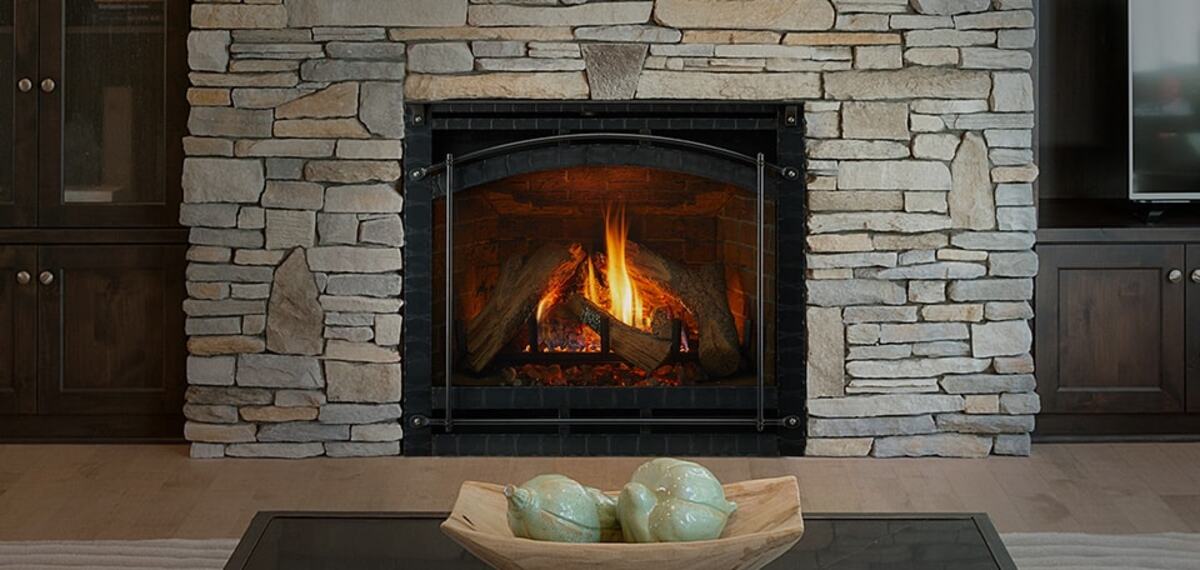

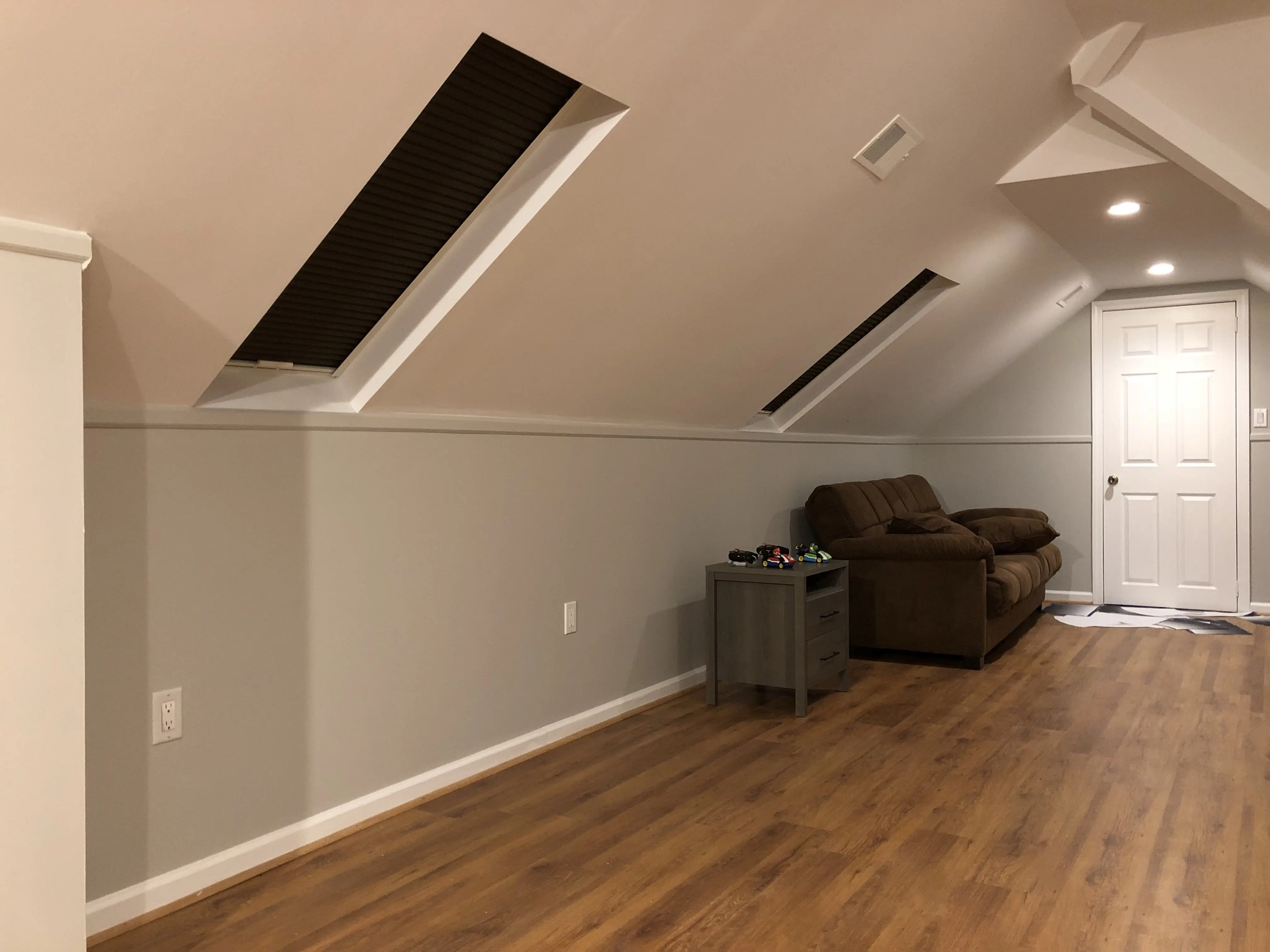
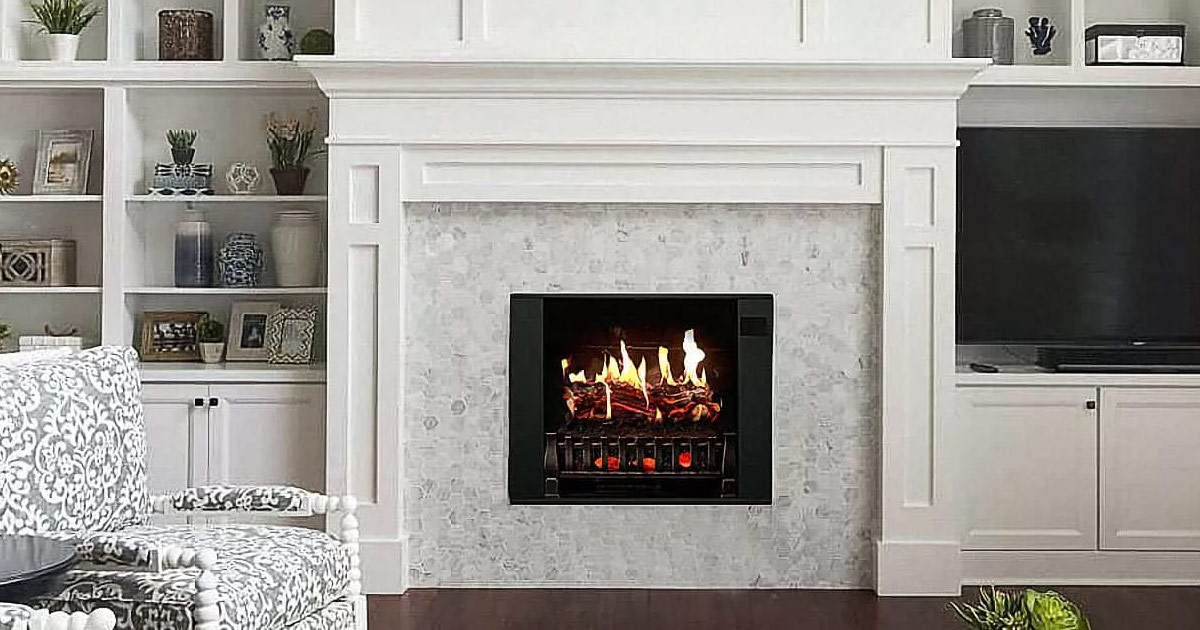

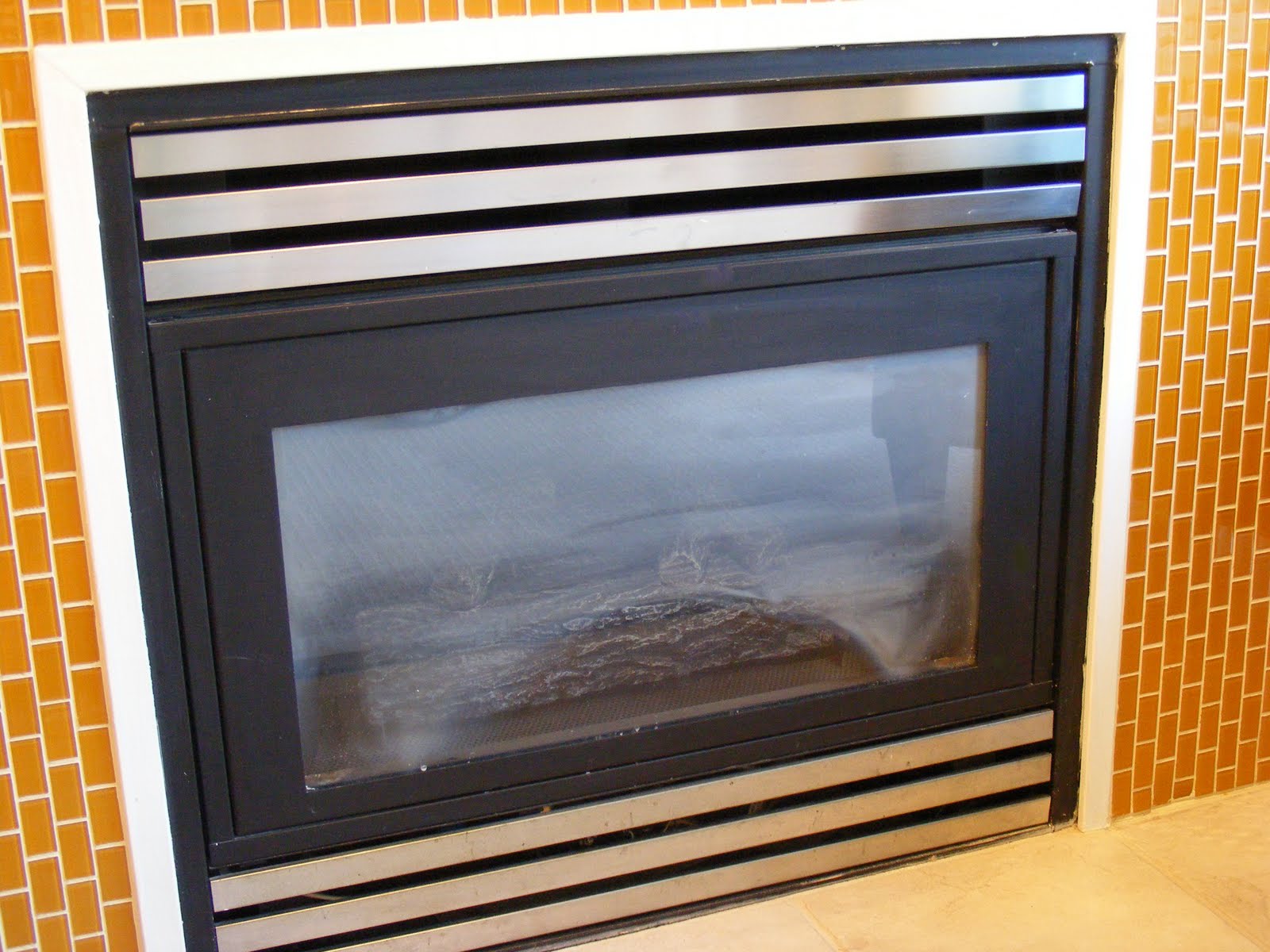
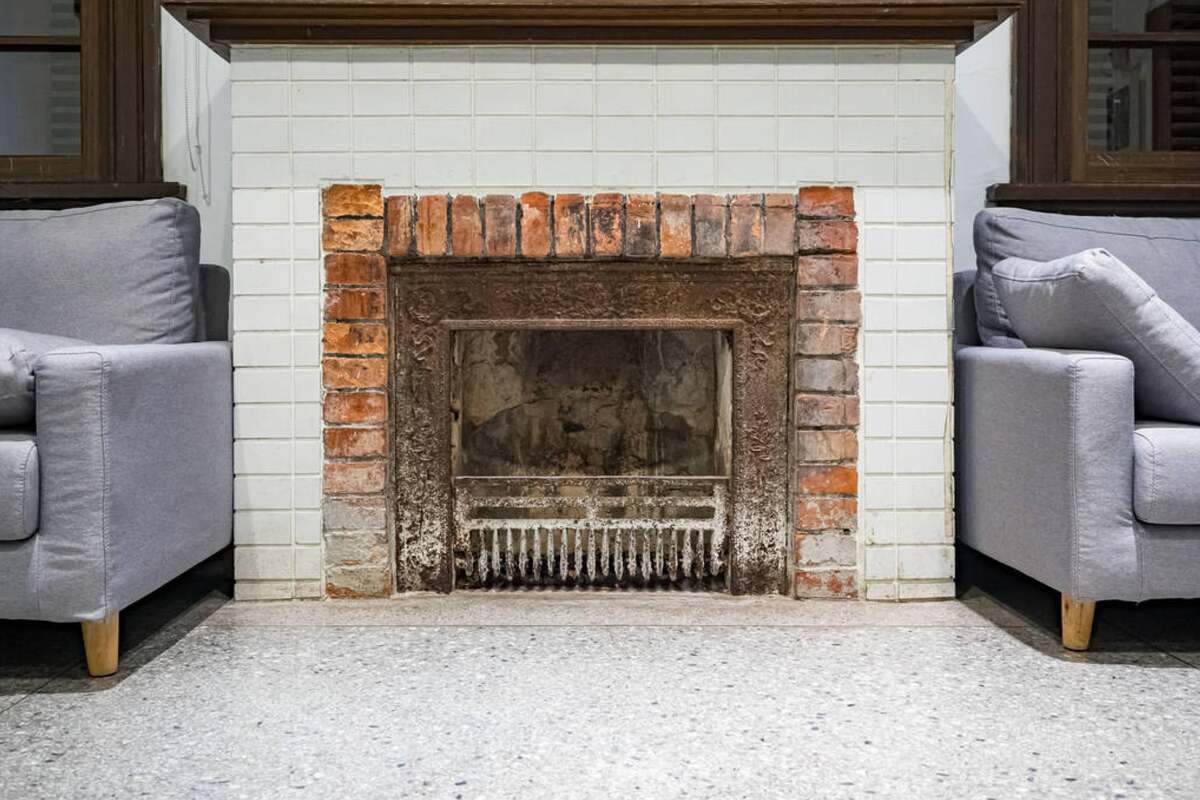
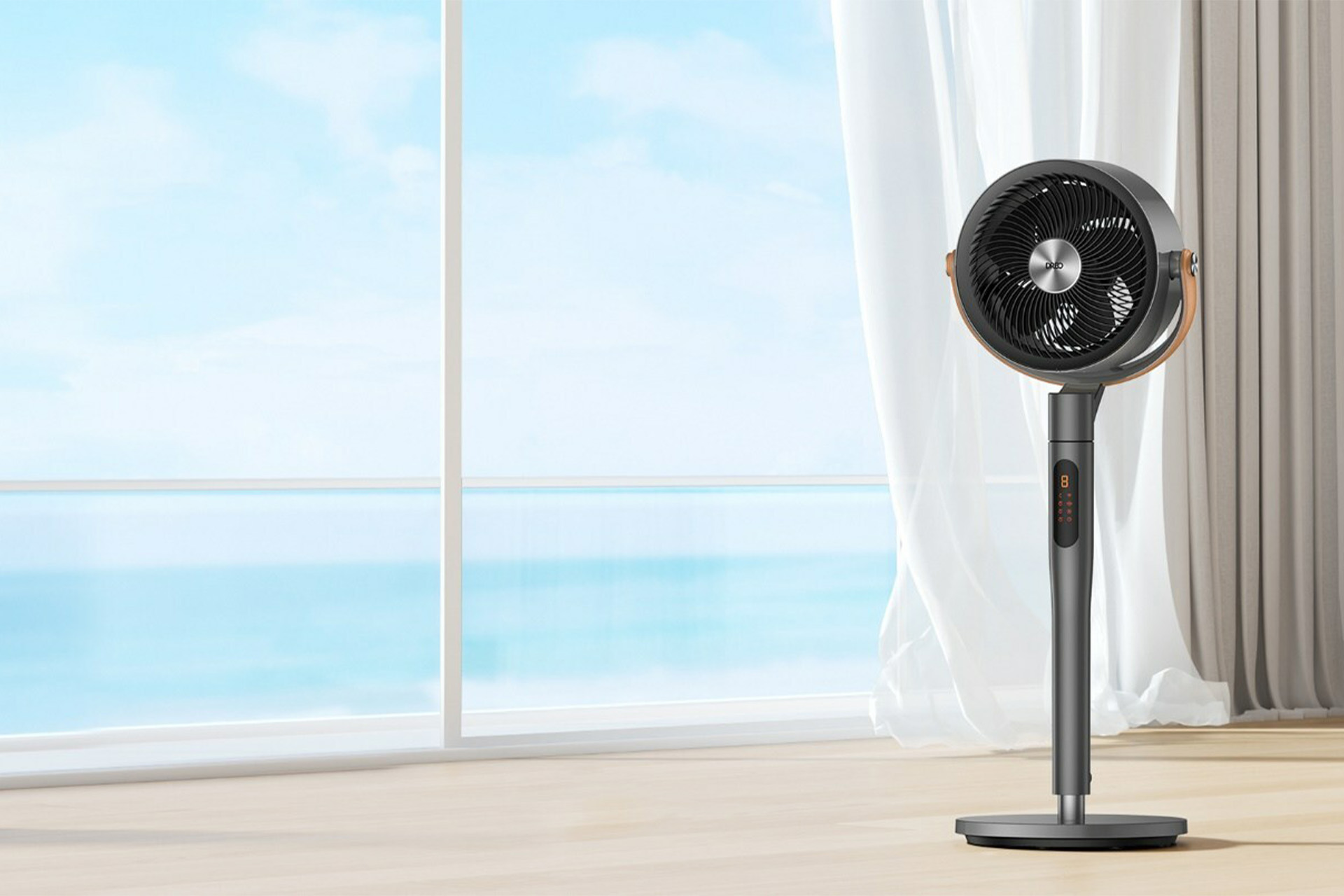
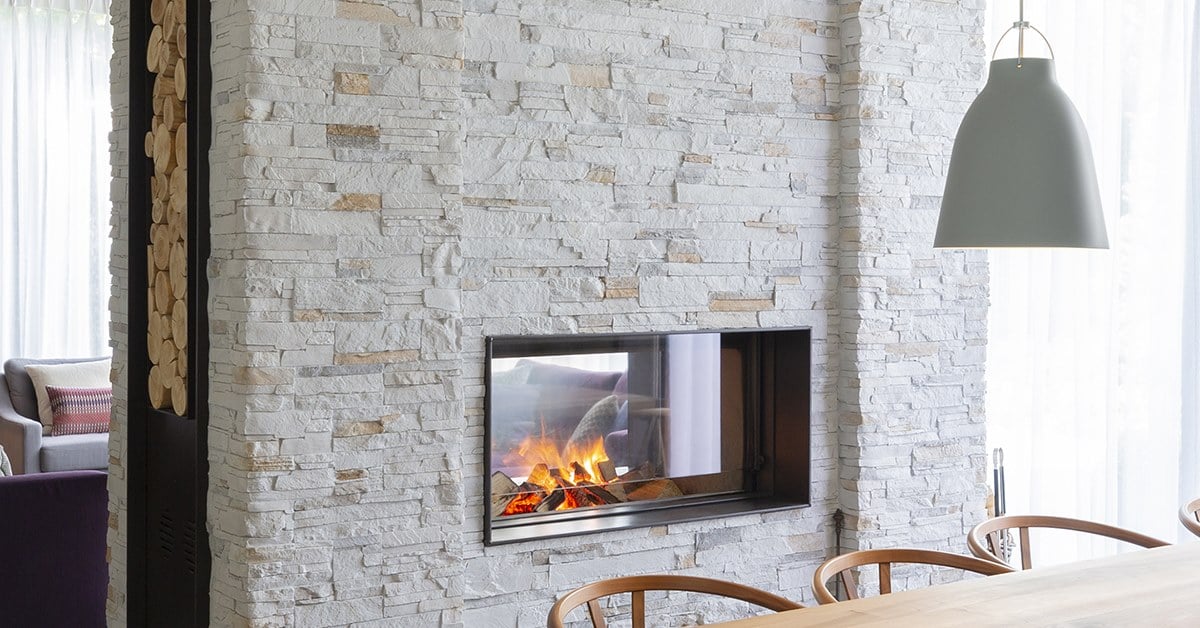
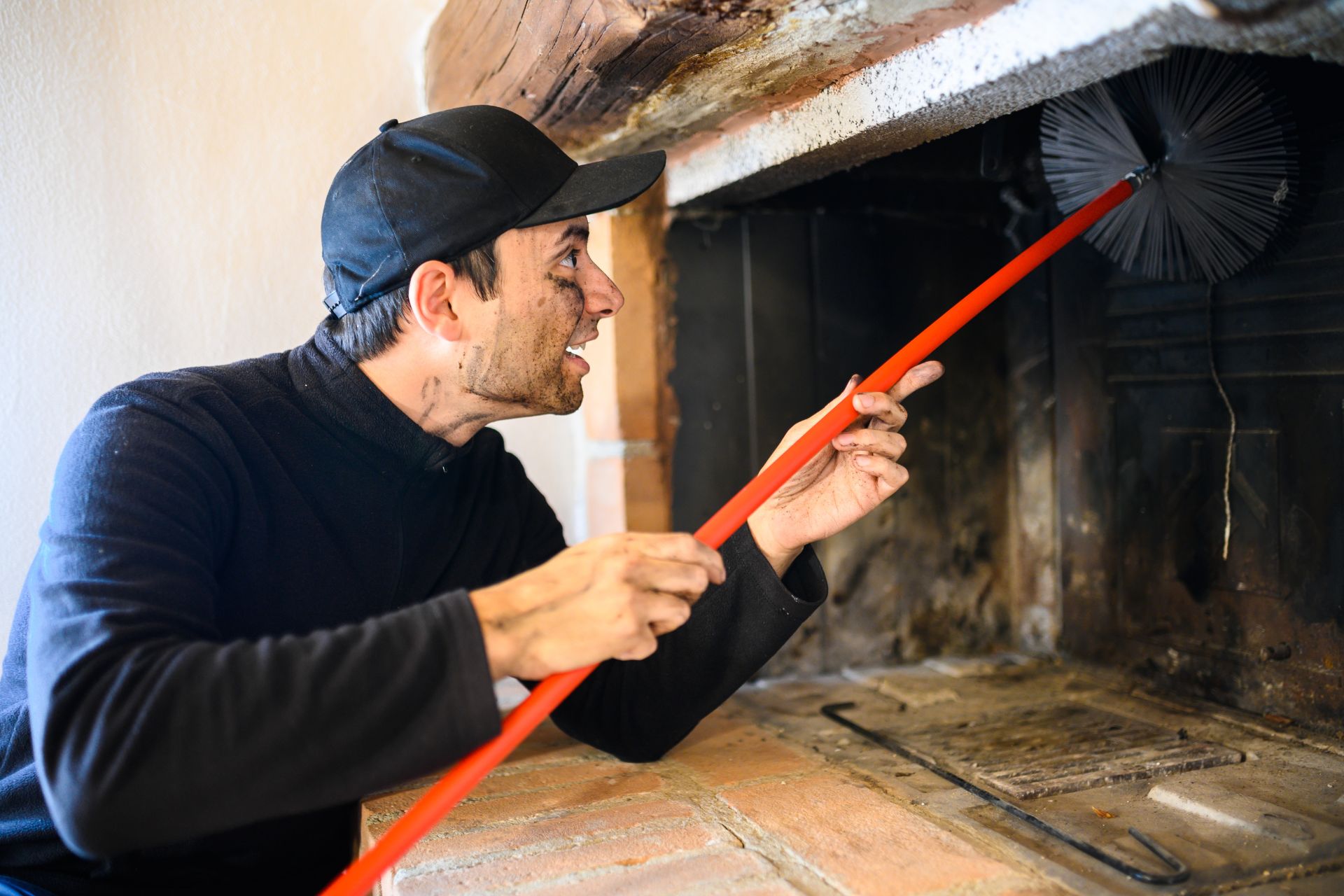
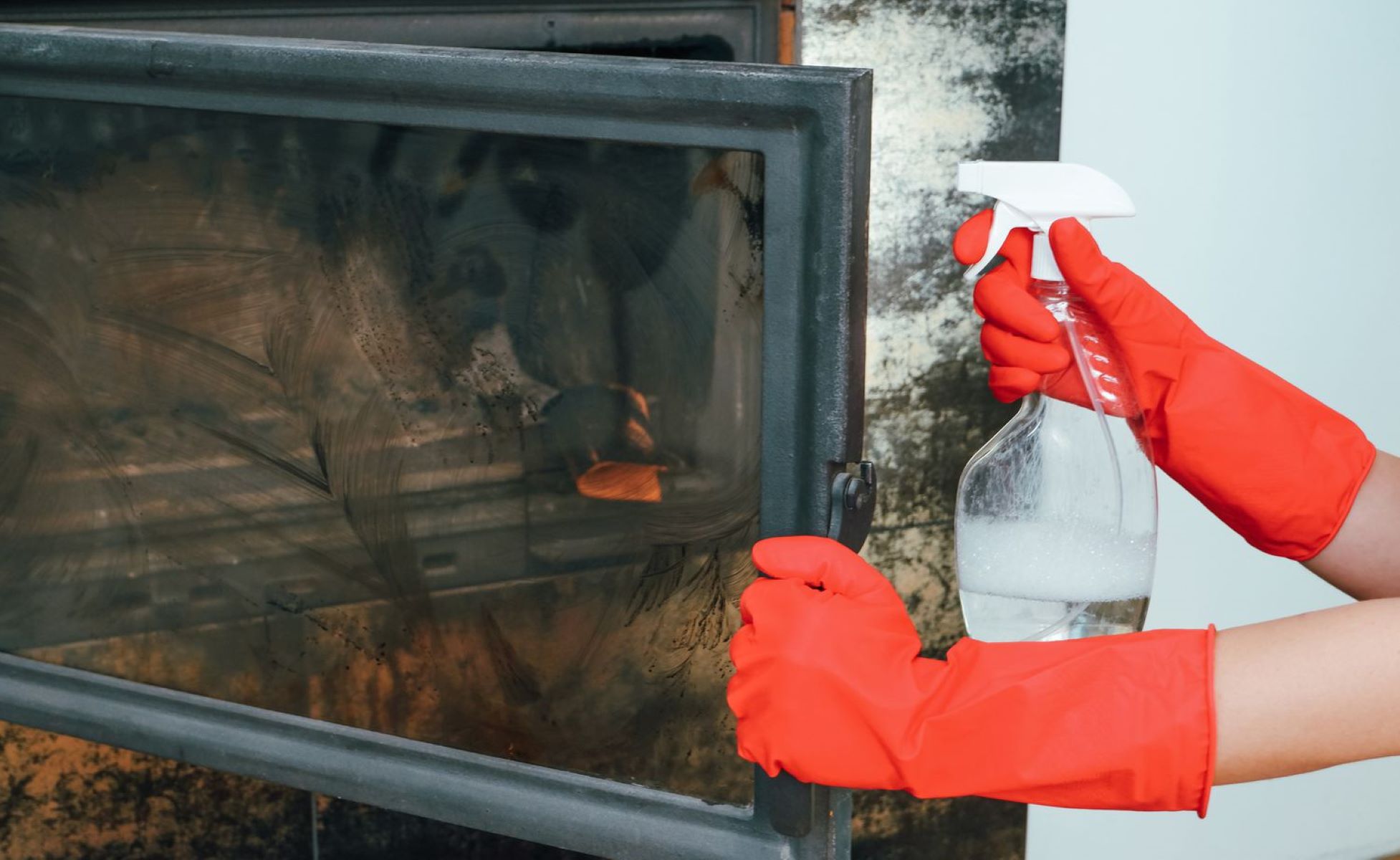

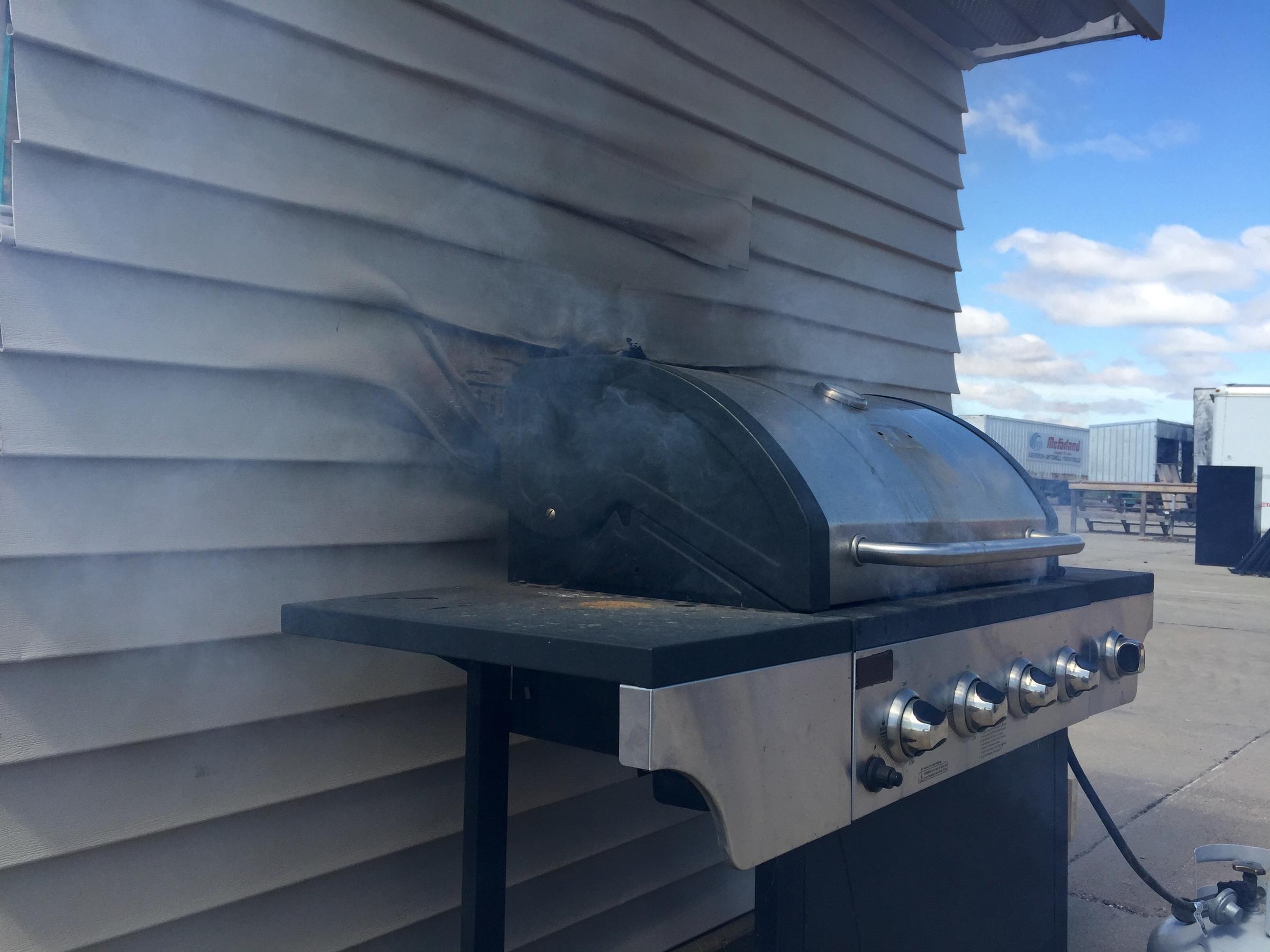

0 thoughts on “How To Circulate Heat From Fireplace”